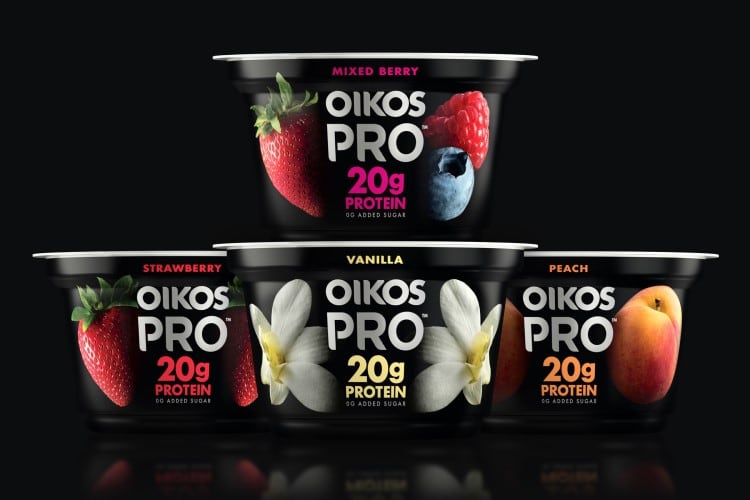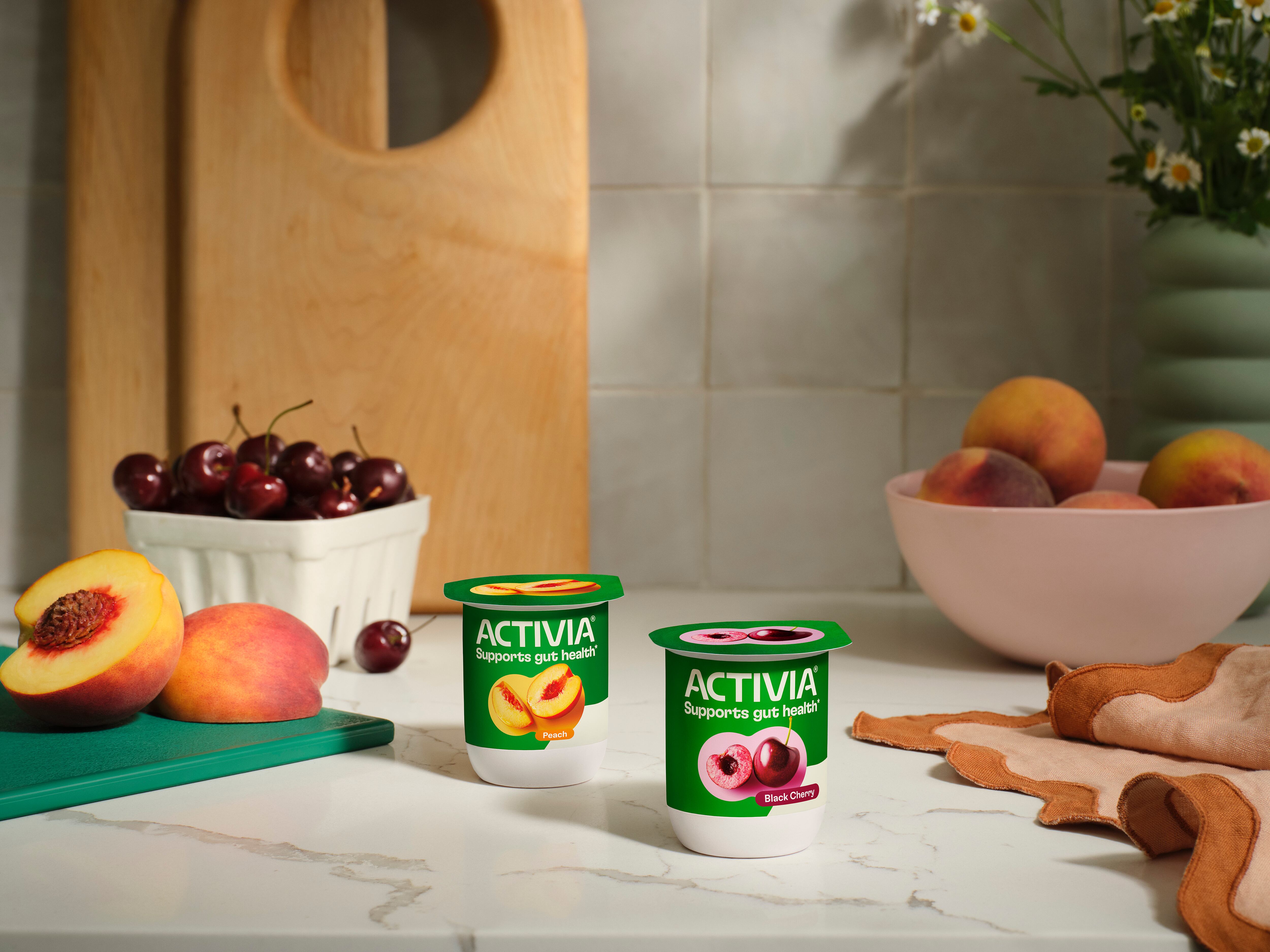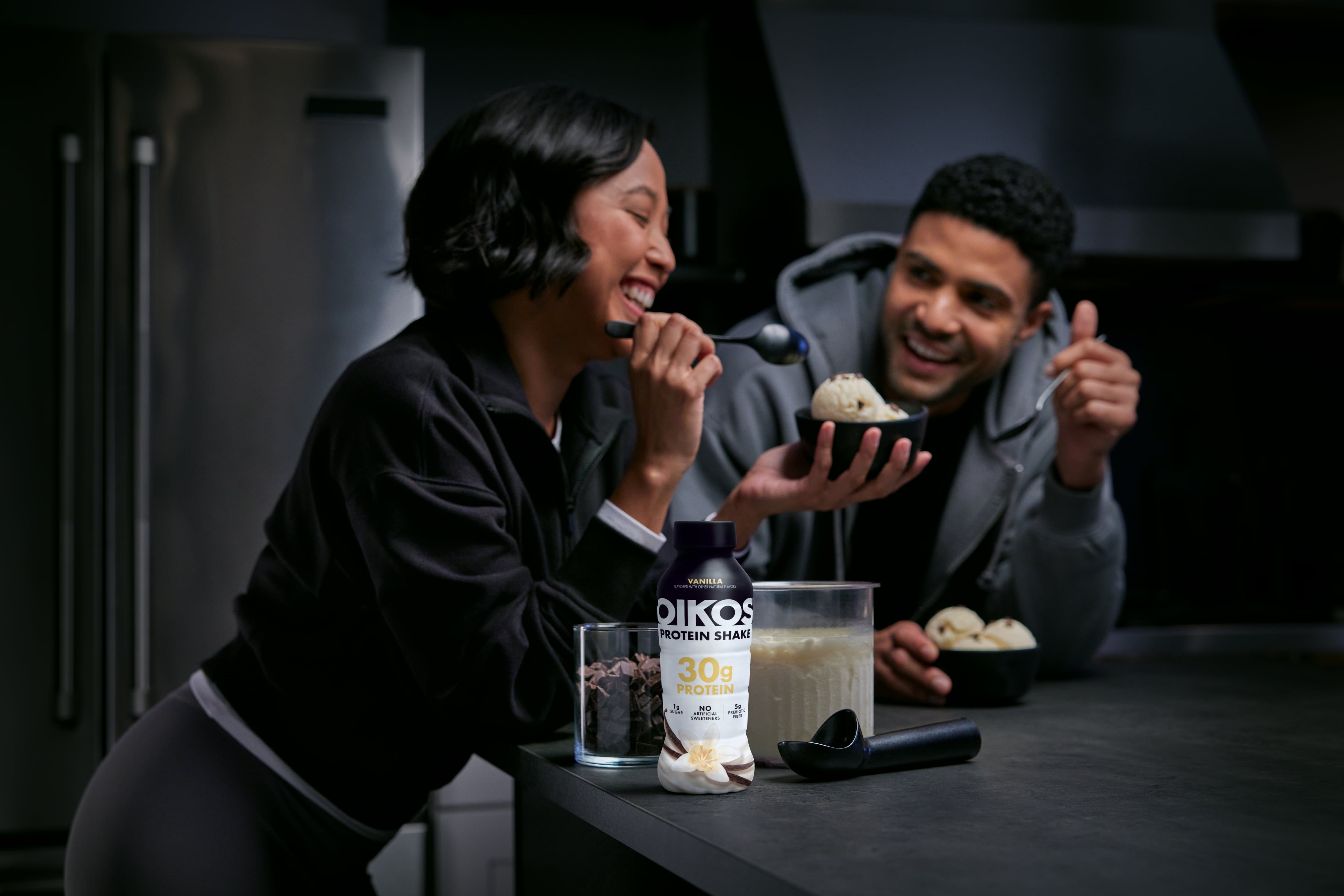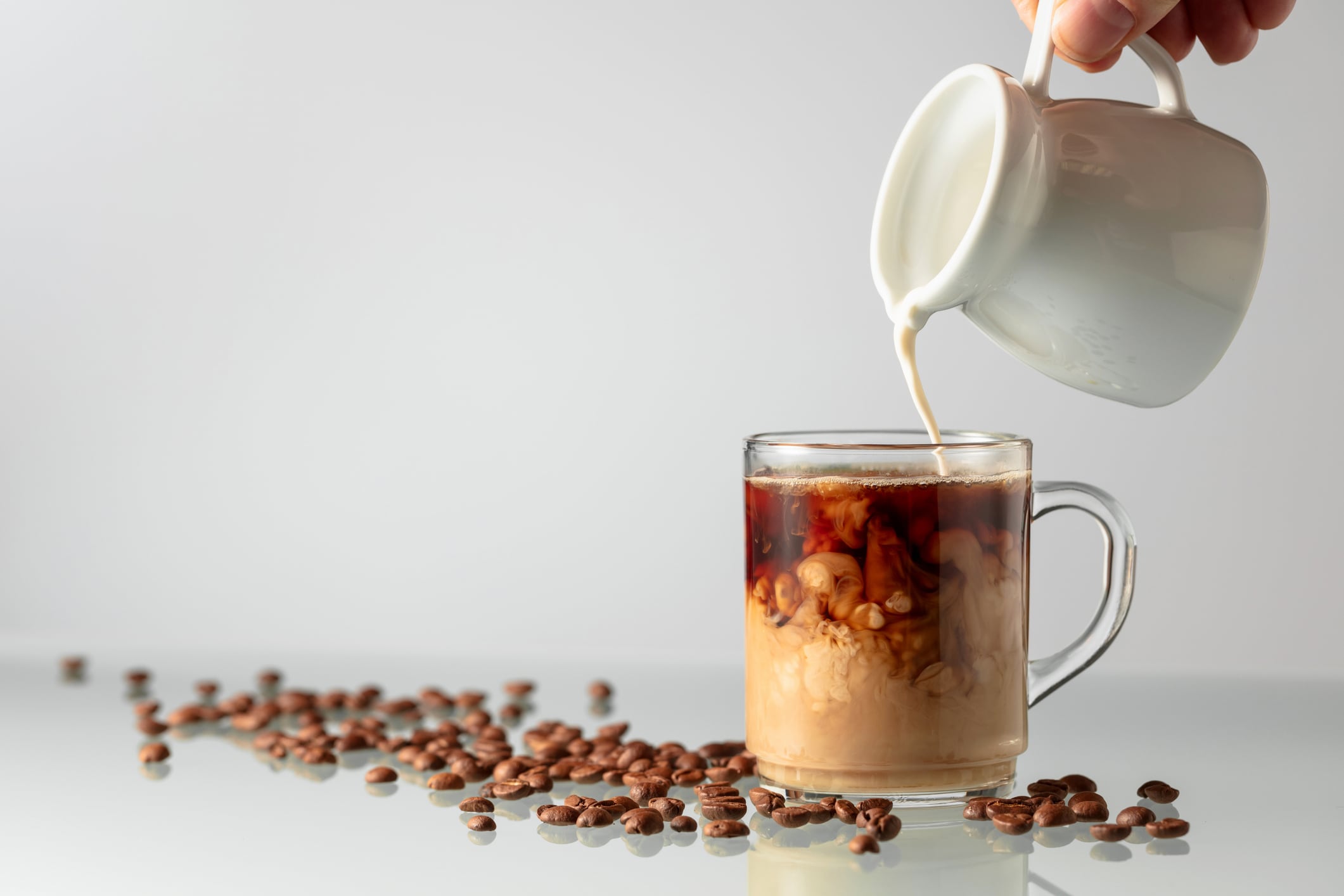Danone confirmed its FY2025 outlook but admitted capacity and distribution issues are holding back some of its high-growth categories.
In Q3 2025, the company’s sales improved across all regions, with China the strongest performer with 13.8% like-for-like sales growth led entirely by volume. On the other hand, North America’s mostly price-led 1.5% increase in sales was its weakest quarterly print since the end of 2019.
Total group sales improved 4.8% (3.2% volume, 1.6% price) to €6.88bn (+0.7% YoY) in the quarter, with sales growth for FY2025 expected between +3% and +5%.
Essential Dairy and Plant-based (EDP) sales grew 3.5% (1.7% volume, 1.8% price); Specialized Nutrition rose 8.3% (6.5% volume, 1.8% price), and Waters improved 2.3% (1.3% volume, 0.9% price) on a like-for-like basis.
High-protein ‘continues to fly’ – but capacity constraints bite
Danone chief financial officer Juergen Esser told investors that the company’s global high protein offering with brands like Oikos and Yopro continues to grow at strong double-digit rate with no signs of slowdown.
The biggest growth opportunity is in the US, where yogurt consumption is only one third of the one of Europe - but capacity constraints are holding back the dairy major in North America.
“We are quite seriously being kept by production capacity,” he told investors. “We have new capacity coming online starting from Q4 and that will go into 2026, which will release some of the pressure we had – and Q3 was particularly tense on this part. That will allow us not only to continue pushing high protein yogurts, but also to activate the rest of the yogurts portfolio.
“We have been particularly shy because there was no capacity available.”
“The consumption of yogurt is different region by region, but when you take the US, the US capital consumption is one-third of the consumption of Europe, which gives you an idea of the size of the opportunity in front of us.”
Quality over quantity in next-gen protein products
Delving into Danone’s strategy in high-protein, Esser said the company is focusing on improving nutritional value and functionality in its products. The category is becoming “more and more functional, more and more science-based,” he explained.
Going forward, Danone’s NPD will focus on quality of protein, in response to growing consumer awareness and an ambition to differentiate from its competitors.
“We go from quantity of protein to quality of protein and other ingredients. People understand better and better the difference between proteins, the source of the protein but also how to absorb protein in the best way. And that means you need to have certain prebiotics and probiotics consumed at the same moment.”
“This is why we have launched Oikos Fusion which is a patented blend of whey protein, amino acids, and prebiotic fibers that help to build or maintain muscles during a weight management journey. [It] is exactly enriched with these additional ingredients to make sure that you get the best benefit to your body and well-being.
“We are expecting further volume growth but we see also mixed opportunity by differentiating versus what competition is having in this race.”
Coffee creamers yet to regain shelf space
Danone’s North America performance continues to be impacted by lukewarm coffee creamer sales. This is not down to demand – with International Delight being one of the biggest creamer brands in the category – but the result of Danone’s continued struggle to re-capture shelf space after a major Q1 product recall.
“We have been progressively recovering distribution, but…this is also a journey which takes time as the space on the shelf has been occupied by competitors,” Esser said. “And as you can imagine, we are doubling down on our efforts to get our space back.”
“But what we are also doing and that’s important is that we are leveraging that moment to bring our product portfolio closer to the emerging trend of clean label and naturalness, which will help us to bring our international delight brand back to where it has been.”
Esser said market share stabilized in Q2 and distribution is expected to recover by Q1 2026 – but added that demand for creamers is likely to remain healthy into 2026.
“This is a phase which continues to grow because people prepare more and more coffee at home,” the CFO said. “From an economic standpoint, [it’s] a more affordable way to have your coffee experience, and the category is benefiting from it.”




